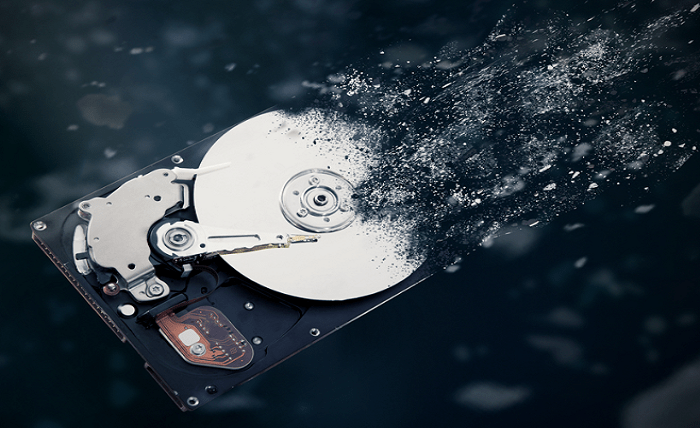
Data destruction is the process of erasing or destroying digital data stored on physical mediums such as hard drives, SSDs, flash drives, CDs, DVDs, etc., to a point where it is irretrievable and cannot be reconstructed by any means. Proper data destruction is crucial in safeguarding sensitive information from unauthorized access. There are several methods used to accomplish this, each with its own pros and cons. Below, we detail some commonly used methods along with their advantages and disadvantages:
Physical Destruction
- Degaussing
- Pros: Fast and effective way to erase magnetic fields on a storage medium, rendering the data irrecoverable.
- Cons: Not effective on SSDs; requires specialized equipment; the storage medium cannot be reused.
- Crushing/Shredding
- Pros: Physically destroys the storage medium, making data recovery virtually impossible.
- Cons: The storage medium cannot be reused; can be messy and unsafe without proper precautions.
Digital Erasure
- Cryptographic Erasure
- Pros: Enables reuse of the storage medium; data is rendered inaccessible without the cryptographic key.
- Cons: Not as secure as physical destruction; relies on the integrity of the encryption algorithm and proper key management.
- Secure Erase
- Pros: A feature in many hard drives and SSDs to erase all data securely; allows for the reuse of the storage medium.
- Cons: Not always available in older storage mediums; might not remove all data fragments.
Software-Based Overwriting
- Simple Overwrite
- Pros: Easy to perform; allows for the reuse of the storage medium.
- Cons: May not erase all data; may not be effective against forensic recovery methods.
- Multiple Overwrite (e.g., DoD 5220.22-M, NIST 800-88)
- Pros: More secure than a simple overwrite; follows standards set by organizations like DoD or NIST; allows for the reuse of the storage medium.
- Cons: Takes more time than a simple overwrite; may not be 100% effective in erasing all data fragments.
Best Method of Erasing
Determining the “best” method depends on several factors, including:
- Confidentiality Level of the Data: If the data is highly sensitive, physical destruction might be the safest option.
- Reuse of the Storage Medium: If you intend to reuse the storage medium, then options like secure erase or software-based overwriting methods might be preferable.
- Compliance Requirements: Certain industries and data types have stringent compliance requirements dictating the methods to be used for data destruction.
In general, a method compliant with industry standards such as NIST 800-88 guidelines for media sanitization is often a well-balanced choice, offering a high level of security while allowing for the potential reuse of the storage medium. It is also advisable to document the data destruction process to maintain a record for compliance and verification purposes.
This post was written by Steven Elia Co-Founder and Recycling Director at eCycle Florida. eCycle Florida is a R2 Certified electronics recycling company in the state of Florida. Our processes and procedures are dedicated to the proper destruction and recycling of your electronics. eCycle Florida is your go-to for commercial electronic recycling



